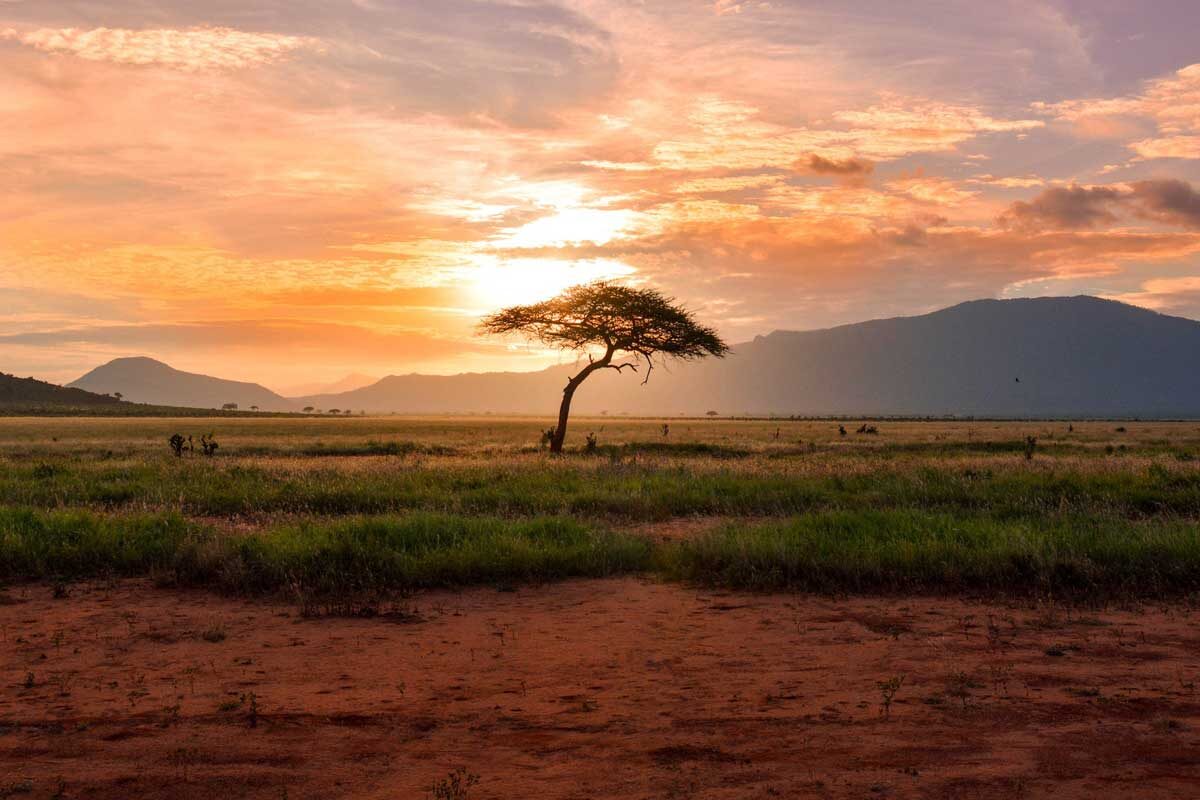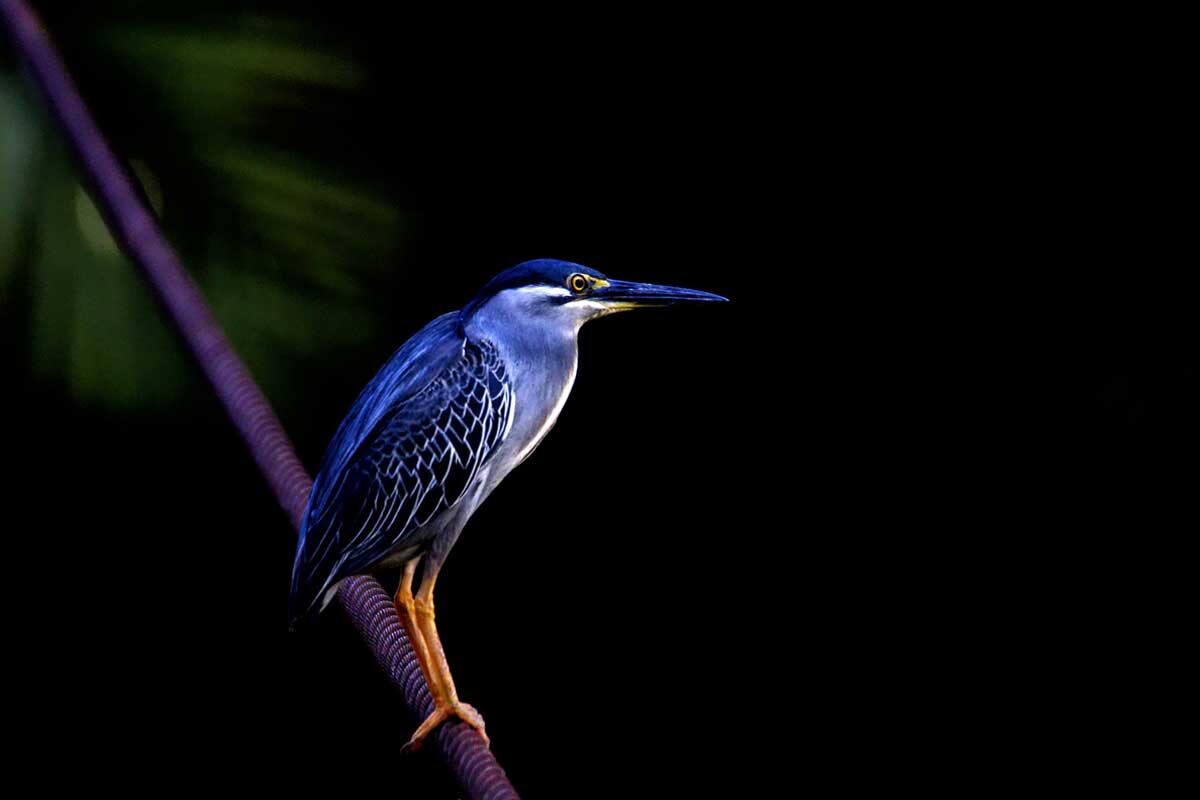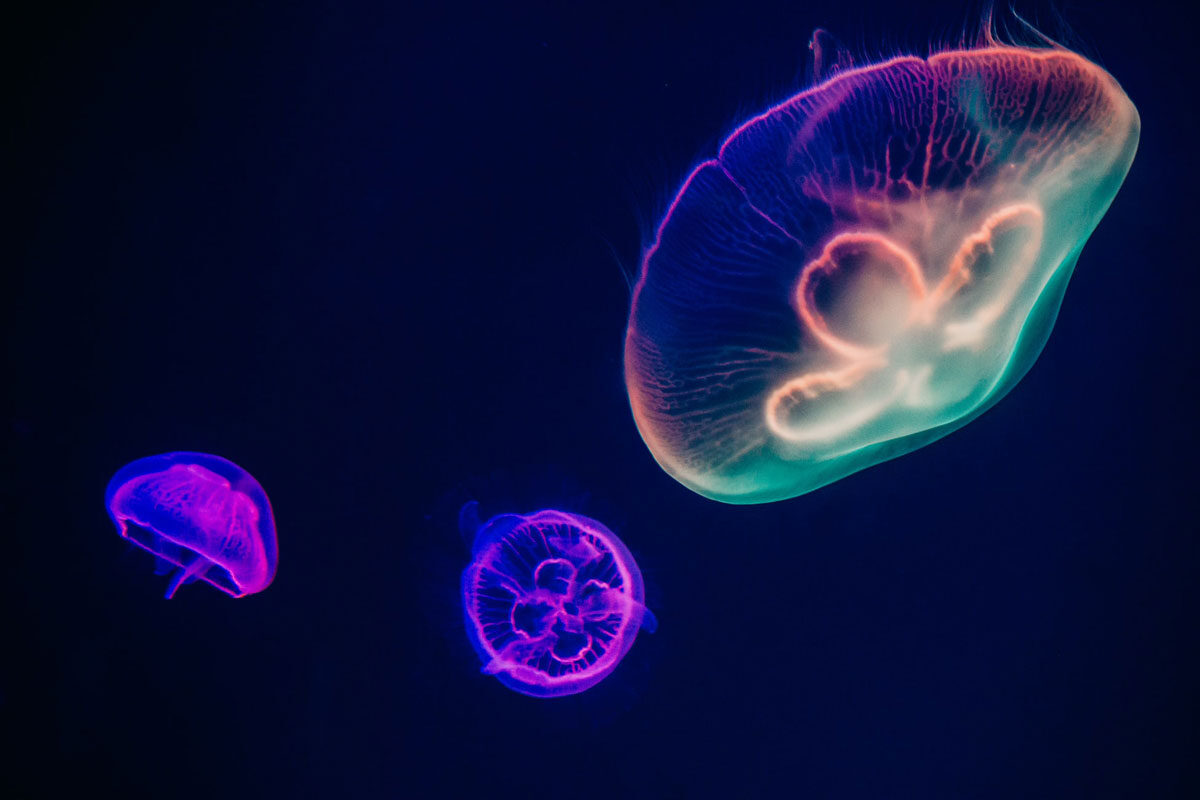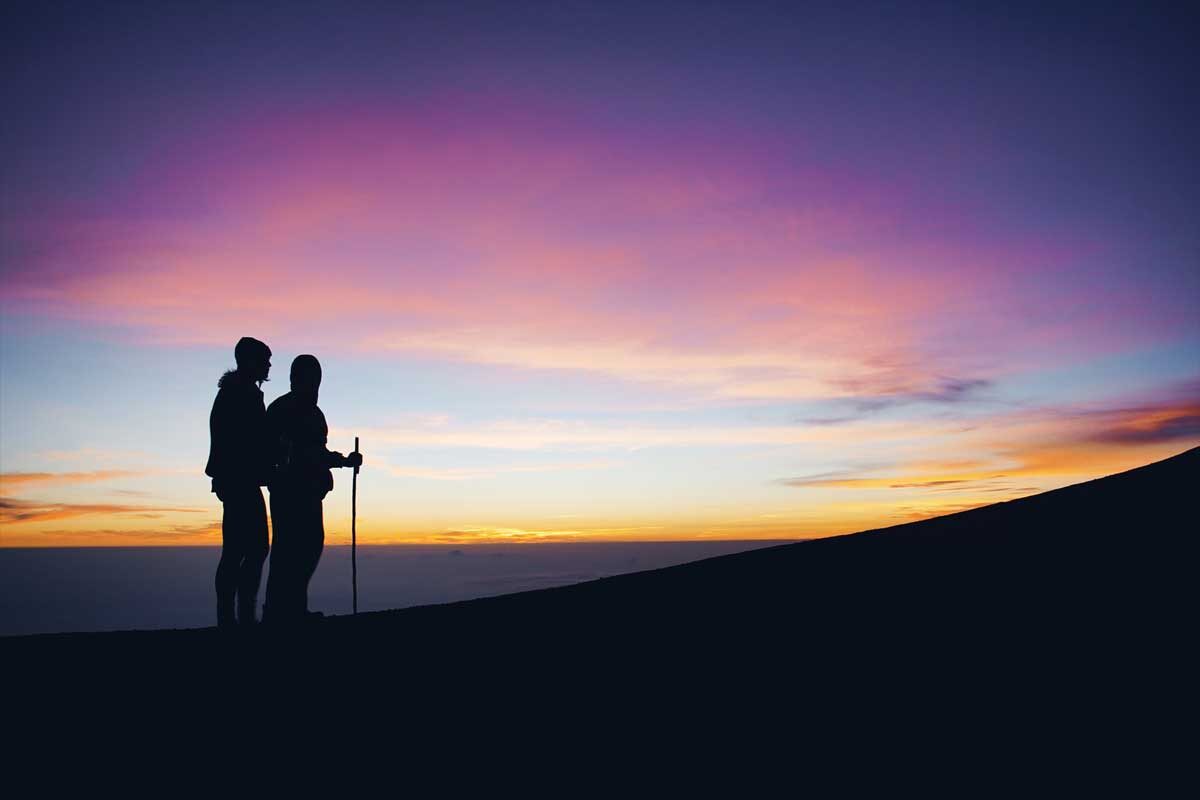
Makgadikgadi Pans
Camp Kalahari
Camp Kalahari is a return to the traditional safari style of the old explorers and is the best way to experience the Makgadikgadi in a fresh and affordable way. It is the ideal camp for those who want fun, comfort, style and adventure. Camp Kalahari accepts children of all ages and makes for a fantastic family safari destination. The camp is nestled among the acacias and Mokolwane palms of Brown Hyena Island, on the edge of the Makgadikgadi Salt Pans, adjacent to the Makgadikgadi – Nxai Pans National Park.
Camp Kalahari has ten meru tents comprising seven twins, two doubles and one family unit comprising two twin tents with an inter-leading bathroom. All tents have en-suite outdoor bathrooms, flush toilets and the hottest, wettest showers in the Kalahari. The tent interiors are classic safari style, replete with comfy beds, crunchy cotton sheets, stripy African blankets and hot water bottles in winter. The main area, decorated in the style of an original explorer’s camp, comprises a large and comfortable thatched library, lounge and dining area; here guests can relax and enjoy the serenity and peace of this enchanting place.
Year round activities at Camp Kalahari are all about getting up close and personal to the wildlife and locals, including a visit to a resident family of habituated meerkats; walking with Zu/’hoasi bushmen trackers to glimpse their ancient culture as they teach you how they have survived in the vast area; game drives to experience unique desert wildlife; and a visit to Chapman’s Baobab, one of the three largest and oldest trees in Africa and the campsite of Livingstone and Selous.
The best adventure of all is to travel across the pans on quad bikes during the dry season (April to October) to experience the vast Makgadikgadi Salt Pans. Other great things to do are sleep outs on the pans as the sun sets and guests can watch the planetarium show unfold with zillions of horizon-to-horizon stars. In the wet season (November to March) guests can experience the spectacular migration of zebra and wildebeest. This is the second biggest in Africa and the last remaining in Southern Africa.
Facilities
Tents with en-suite outdoor bathrooms. The central area has library, lounge, dining area and plunge pool.
Local Wildlife
Meerkats are the stars of the show but you can also see other desert wildlife such as oryx, springbok, bat-eared fox and tortoise. The desert comes alive in the rainy season bringing many zebra, wildebeest, antelopes and carnivores including black maned lion and cheetah. Honey badgers are also often seen here and around 220 bird species have been recorded.
Optional Activities
Visits to the meerkat family, game drives, night drives, quad bike riding, horse riding, bushmen visits.
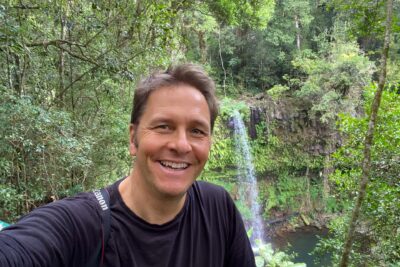
Jonathan Morris
Area Specialist
Make sure to visit the local bushmen here to learn about their life in the desert. There is no electricity at the lodge, so bring a torch and plenty of spare camera batteries or a portable charger.
If you have any questions regarding our Botswana tours, please feel free to contact me on +44 (0)1803 866965
On behalf of my wife and myself, I would like to thank all at Reef and Rainforest for arranging so superbly yet another exceptional wildlife experience. As you are aware our ‘expeditions’ tend to be species led and this year’s brief was to observe and photograph the ‘Three Big Cats of Africa’ in a truly wild setting (i.e. no fences). Your recommended destination, Botswana, did not let us down, in fact the whole trip proved an outstanding success in all aspects.
We stayed in three camps (three nights in each) across the Okavango Delta and surrounding area, each provided a different environment which ensured our aims were met. Each camp was run to a very high standard, was extremely comfortable and provided excellent meals. The quality of guiding and tracking in all our camps was of the highest standard. As Botswana manages its natural resources so well all the camps were small (no more than 18 guests) ensuring a very intimate safari experience in pristine wild African habitat.
I am delighted to report our big cat objectives were realised. All observations were lengthy and offered excellent photographic opportunities. However, unexpectedly, the highlight of our spectacular trip turned out to be sightings of two separate packs of African Painted Dogs. We visited two dens, the first had a very healthy number of adult dogs, approximately fifteen and eighteen pups. The second had seven adult dogs and sixteen pups. At Lebala we had the privilege of spending a prolonged period of time following the pack of dogs as they hunted, an experience we will never forget.
When one also considers the significant mammal and bird species we observed, Botswana is truly a must visit destination for the wildlife enthusiast. Incidentally we also observed three serval and two African wild cats. We also thoroughly enjoyed our few days at Victoria Falls, possibly the most spectacular waterfall in the world, the hotel in Zimbabwe was excellent. Viewing the falls from the Zambian side and also the helicopter flight are both well worth doing.
This was our third consecutive trip with Reef and Rainforest, and I would be very surprised if there is not a fourth being planned very soon. Thank you all once again.
